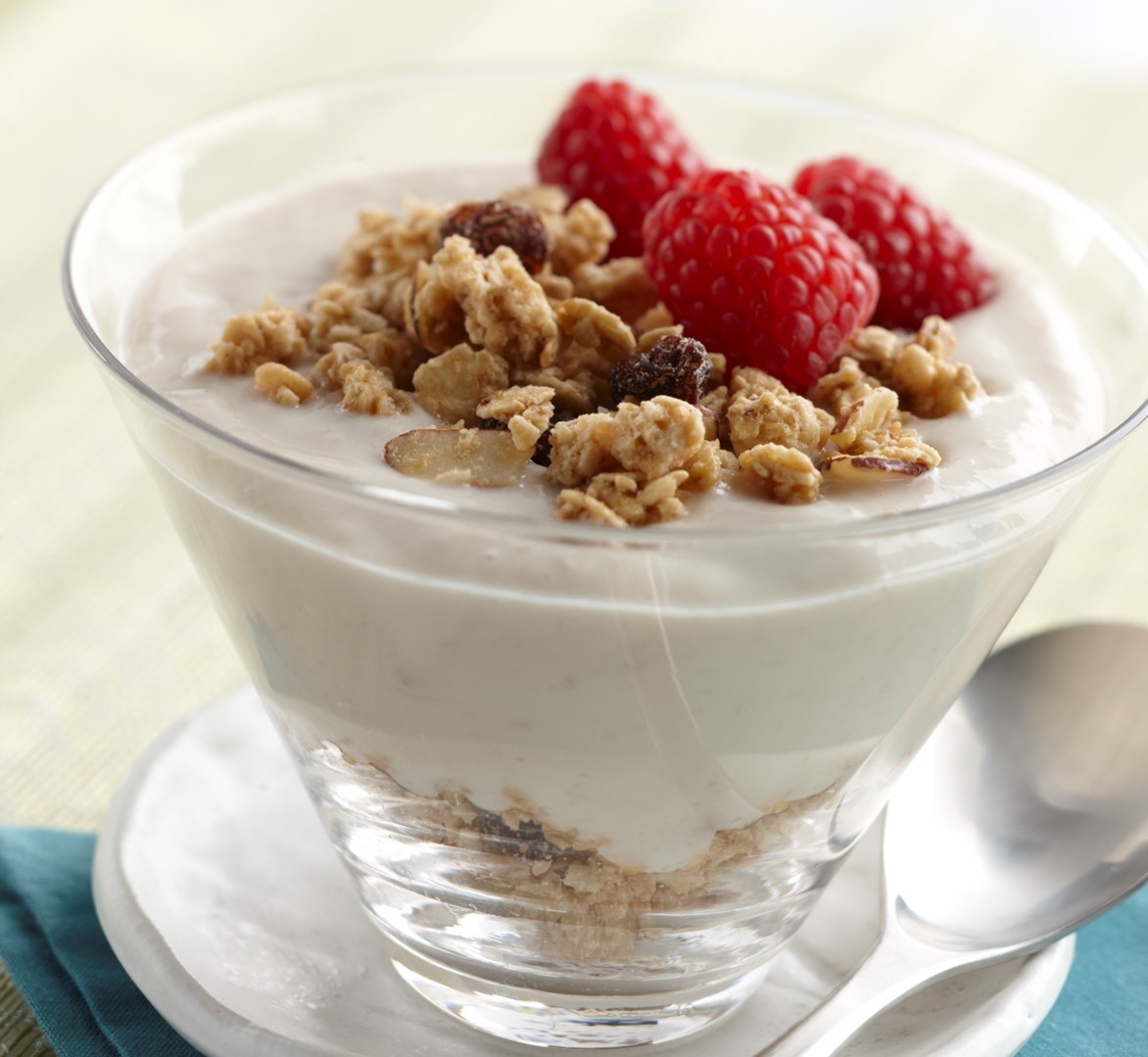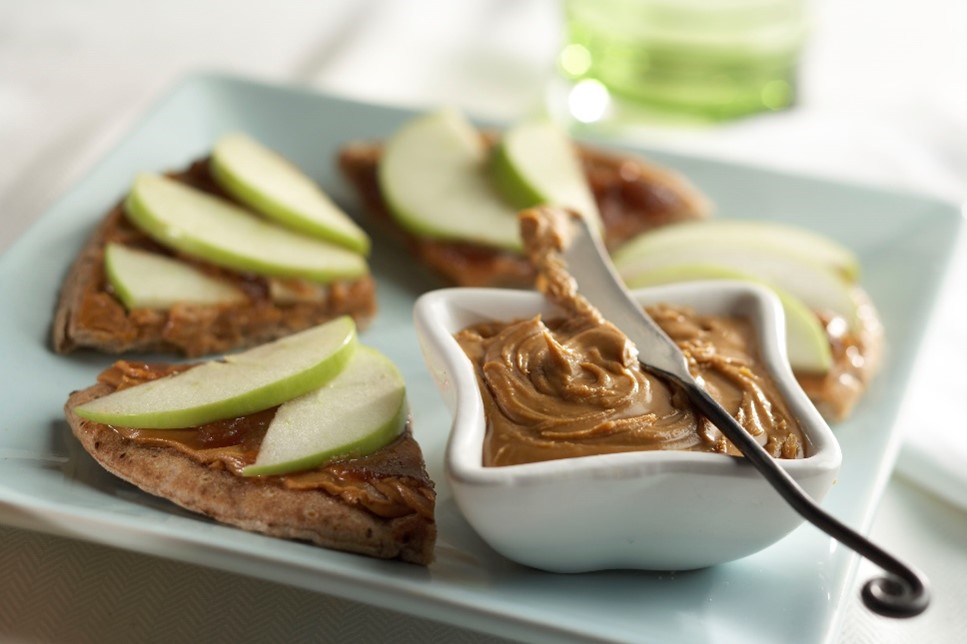Soy Friendly Global Snack Trends
- Category:
- Soy Foods
- Soybean OIl
- Sustainability

By Linda Funk
Trend research suggests the global snacks industry is evolving in ways that can work to the advantage of Sustainable U.S. Soy. With consumers focused on their personal health as well as planetary environmental health, the plant-based food trend continues to flourish.1 Traditional and innovative soy foods bring sustainability and high-quality protein to the table, with snack options that are likely to appeal to a broad consumer base.
Motivations for Snacking: Snack choices vary by occasion. Some snackers are looking for meal replacements, while others want to reward themselves or indulge in impulse snacking.2 Based on internet search topics, meal replacement snacks are drawing more interest globally. Soy foods and soy-based plant protein products can help meet such demands. In a recent poll, 51% of consumers surveyed said they had switched to high protein snacks. Popular snacks in the global health and wellness market —trail mixes, nuts and seeds—have a 41% market share. Protein bars follow, with a 20% market share.3
In a 2022 U.S. Food and Health survey, 73% of consumers reported snacking at least once a day, up from the 58% the previous year.4 Soy foods such as soy nuts, soy nut butter and soy yogurt have all-day appeal. For morning snacks, 24% of consumers choose nuts and seeds, or nut and seed butters; and 27% choose them for evening snacks. Plant-based dairy alternatives were a snack choice for 14% of consumers in the morning, and 10% in the evening.5

Mindful Snacking: Health-related priorities are evident in the evolution of today’s snacking habits. Mindful eating promotes an awareness of food choices, including snacks, and it ranks second (14%) only to clean eating (16%) as the most popular eating pattern. 6 The nutrition profile and attributes of soy food snacks are a good fit for the plant-based, planet-friendly and health-conscious snacking styles of many consumers worldwide. One cup of edamame, for example, offers approximately 33 grams of protein and 10 grams of dietary fiber with no cholesterol.7 In the U.S., snack cookies made with okara flour are an upcycled product promoted as a planet-friendly choice. When it comes to snacks like protein bars, 23% of U.S. recently polled consumers reported having switched from purchased products to baking their own.8
Who’s Eating What: Globally, 51% of consumers have gravitated toward high-protein, low sugar snacks, 9 which could include dry-roasted edamame. Among Millennials in the U.S., 28% seek foods, beverages, or nutrients with immune health and functionality benefits,10 which could include fermented foods like soy yogurt.
In Japan, where personalized nutrition is a growing trend, 35% of consumers are on board with spending more for food and drink customized to their specific nutrition needs.11 In Germany, young adult consumers (under the age of 45) show the highest rate of usage plant-based meats. Currently, 16% of Germans currently eat meat snacks, creating a growth opportunity for plant-based versions. In Brazil where animal proteins are a dietary staple, 70% of consumers say they would eat more meat alternatives if those products were low-priced, convenient, and had high protein content.12
Plant-based meats made with soy protein are a good snack choice, given soy’s high quality protein, its wide availability and the fact that it is often less expensive than other commonly consumed sources of protein.13 Products include soy-based jerky snacks that have the advantage of convenience and protein. TVP (textured vegetable protein, also known as TSP or textured soy protein) is a budget-friendly ingredient for combining half-and-half with ground beef or turkey to make meaty snacks like meatballs at home.
Plant-based yogurt holds appeal for Thai consumers, where 42% say they are limiting their dairy intake most or all of the time. In fact, 51% express an interest in plant-based yogurt. Additionally, 77% of consumers in Thailand consider salty snacks a good way to treat themselves. Among consumers aged 25 to 34, that number rises to 81%.14 Globally inspired savory packaged soy snacks include sriracha roasted edamame, wasabi flavored soy nuts, flavored tempeh chips, dried natto snacks and masala-flavored soy sticks.
In U.S. restaurants, snack menu trends include upscale bar snacks and reduced-sugar snacks. Global flavors are also helping to create bolder snack offerings, such as ghost pepper french fries 15 and edamame tempura. For fried snacks, soy innovations like globally approved U.S.-grown High Oleic Soybean oil reflect the commitment of U.S. soybean growers. The improved fat profile of the oil helps foodservice operators and food manufacturers meet consumer heart health and nutrition demands. High Oleic Soybean Oil also offers improved shelf-life and fry-life.16
Choosing high-quality U.S. Soy for snack ingredients also aligns for meeting the United Nations 17 Sustainable Development Goals (SDGs), with the environmentally responsible U.S. Soy Sustainability Assurance Protocol (SSAP).
This article was (partially) funded by the United Soybean Board
1 Mintel. Emerging Trends in the Plant-Based Industry. November, 2022. https://www.mintel.com/emerging-plant-based-trends
2 Euromonitor International. Snackification: The Future of Occasions in a Post-Pandemic Normal. April 2022. https://www.euromonitor.com/snackification-the-future-of-occasions-in-a-post-pandemic-normal/report
3 Exploding Topics. “5 Huge Snacking Trends 2003.” https://explodingtopics.com/blog/snacking-trends
4 Food Insight. Research Spotlight: Eating Patterns. International Food Information Council, 2022. https://foodinsight.org/2022-food-and-health-survey-results-a-focus-on-eating-patterns/
5 IFIC 2022 Food and Health Survey. https://foodinsight.org/wp-content/uploads/2022/05/IFIC-2022-Food-and-Health-Survey-Report.pdf
6 Food Insight. 2022 Food and Health Survey Spotlight: Eating Patterns. July 1, 2022. https://foodinsight.org/2022-food-and-health-survey-results-a-focus-on-eating-patterns/
7 USDA Food Data Central. https://fdc.nal.usda.gov/fdc-app.html#/food-details/169282/nutrients
8 IRI Worldwide. The SeeSaw State of the U.S. Snack Industry, 2022. https://www.iriworldwide.com/IRI/media/Library/webinar/IRI-Seesaw-State-of-the-US-Snack-Industry-2022.pdf
9 FMCG Global Food & Snacking Trends.
10 International Food Information Council, Food and Health Survey, 2022. f
11 Mintel Insights. “The Fifty: Mintel spotlights fifty fascinating markets for brands to watch.” 2022. https://insights.mintel.com/rs/193-JGD439/images/Mintel_The_Fifty_2022.pdf?mkt_tok=MTkzLUpHRC00MzkAAAGH9JHC3Yp8OqoS0MzqZYQisoAFu3PGXEuLMPRUk4Z097NyZs4UcS4DoSJQ5uozHIWzjsrkSxKTy3qhNC460H_Y-GDFWuqutBR2tRbKsYe
12 Mintel Insights. “The Fifty: Mintel spotlights fifty fascinating markets for brands to watch.” 2022.
13 Mark Messina. Perspective: Soybeans Can Help Address the Caloric and Protein Needs of a Growing Global Population, Frontiers in Nutrition, May 6, 2022. https://www.frontiersin.org/articles/10.3389/fnut.2022.909464/full
14 Mintel Insights. “The Fifty: Mintel spotlights fifty fascinating markets for brands to watch.” 2022.
15 National Restaurant Association, “What’s Hot 2023 Culinary Forecast.” https://go.restaurant.org/rs/078-ZLA-461/images/Whats-Hot-Culinary-Trends-2023.pdf